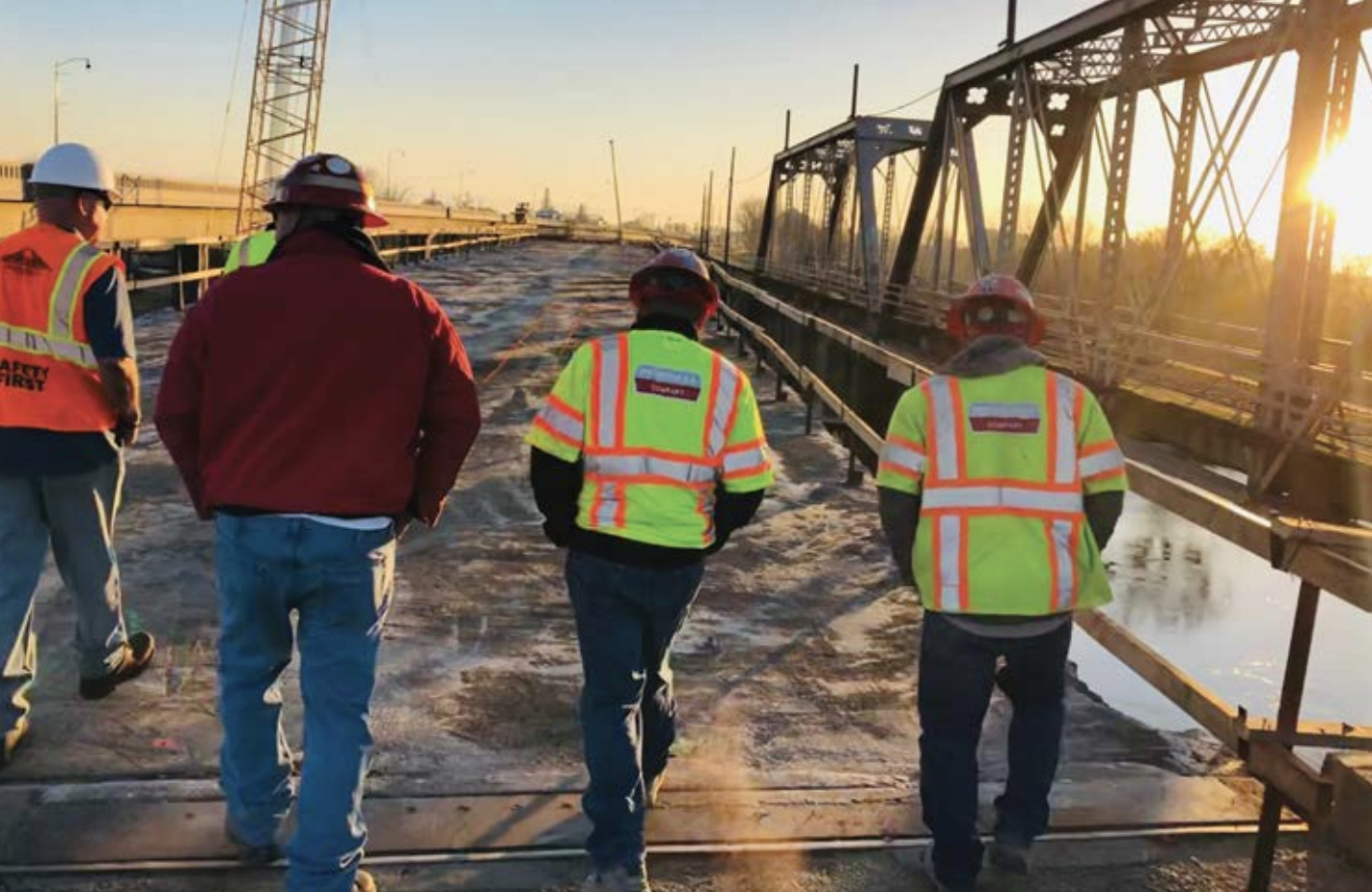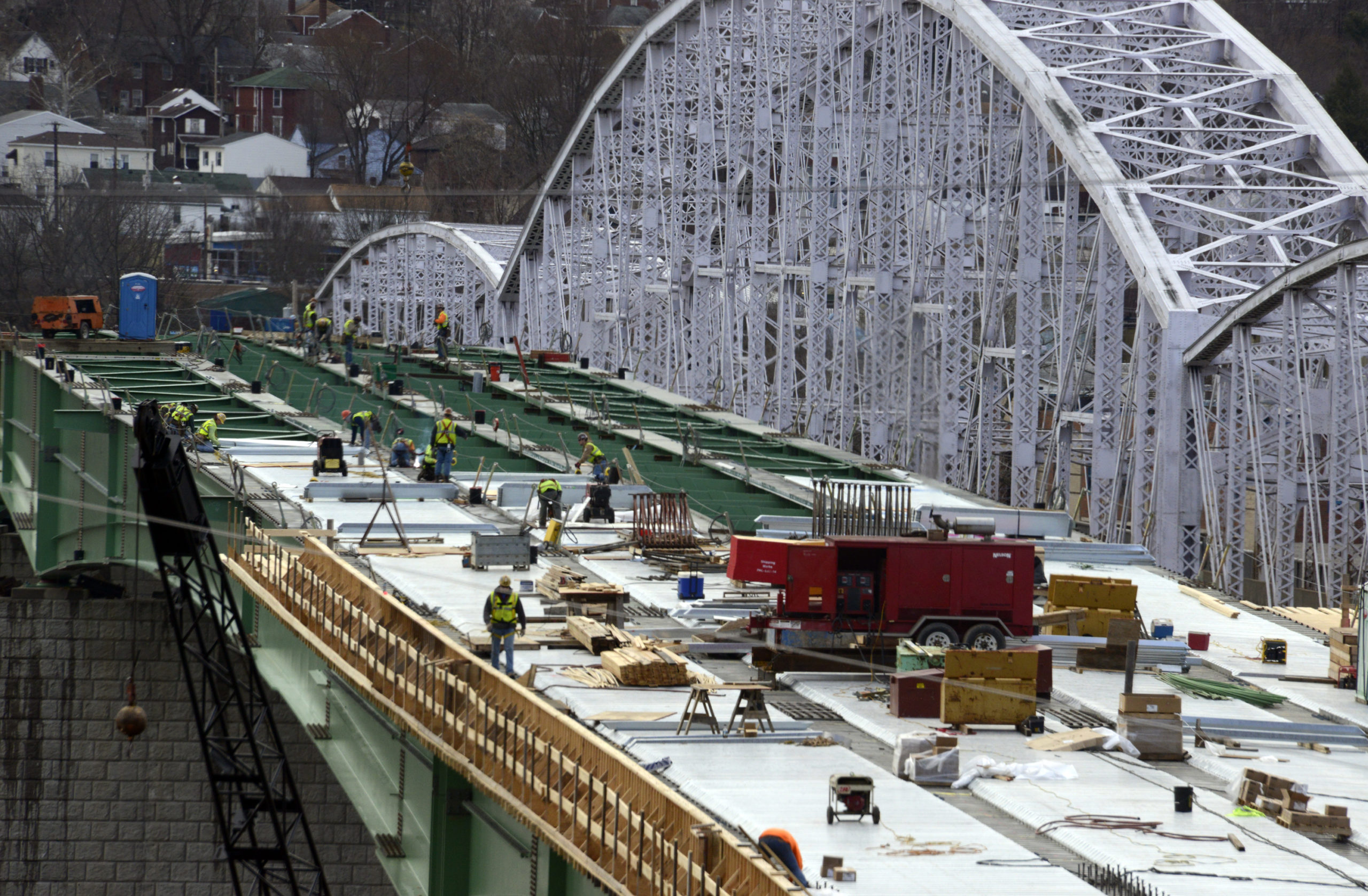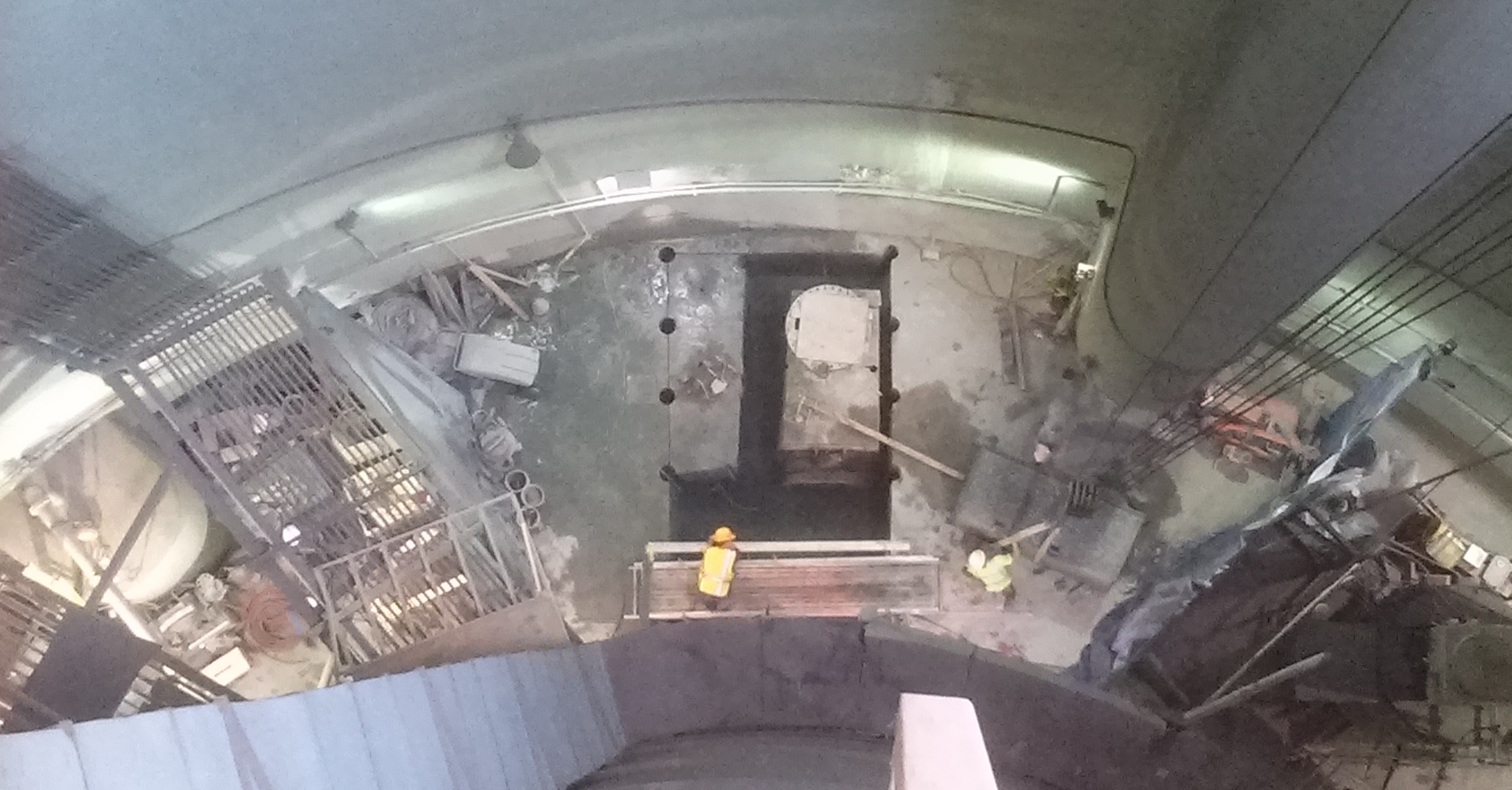
Diamond Sawing Tunnel Damaged by superstorm sandy
INNOVATIVE CUSTOM-BUILT TRUCK GETS THE JOB DONE
On October 29, 2012, Superstorm Sandy slammed the Atlantic coast of United States, roaring onshore at Atlantic City, New Jersey with sustained winds over 80 mph. At the time, it was the costliest hurricane to hit the United States (until Hurricanes Harvey and Maria in 2017) and caused over $70 billion in damage. The storm’s heavy rains and a high tide amplified by a full moon flooded the area with storm surges of over 14 feet, causing roadways, tunnels and the subway system in lower Manhattan to be completely underwater.



One of the tunnels flooded was the Queens Midtown Tunnel in New York City, which connects the neighborhood of Murray Hill in Manhattan and Long Island City in Queens. The standing saltwater in the tunnel invaded the lighting, plumbing and fire suppression systems, causing water damage that was beginning to corrode away the electrical wiring, conduit and piping. The existing asbestos conduit, which was encased in concrete, needed to be removed in one encapsulated piece to avoid introducing contamination into the tunnel. Several methods for the removal were evaluated, but General Contractor Judlau OHL Group selected CSDA member Concrete Cutting Company (CCC) to get the job done, based on their proposal to fabricate a custom wall saw truck to perform the cuts. Other demolition methods such as jackhammering and robotic demolition were considered, but it was determined these would cause too much vibration. Saw cutting with diamond tools would eliminate the vibration concern and leave a clean cut to remove the existing trench and conduit. Concrete Cutting Company wasted no time getting started on their custom wall saw truck. Working with Thor Engineering, and longtime CSDA colleague Ken Thornton, they began to design a truck that would have two cutting heads mounted onto one carriage. The two heads would allow for two saw blades to be attached at angles creating a “V” cut, or straight cut per cutting head. The carriage was mounted onto an 18-foot long track, each cutting head per blade operated with 75 HP off the 300 HP PTO HYD system. The truck took CCC five months to design, another month to build and an additional one to two months were needed in the tunnel to test it and work out any issues prior to the start of the cutting project.

Finally, the cutting was ready to begin. The truck was positioned in the tunnel to start the first V-trench cut, a 13-foot high, eight-inch deep and nine-inch wide V-cut with 52-degree angles for the asbestos conduit removal. All cuts were made at the top of the tunnel walls, which were at a 30-degree angle. The truck made the first 15-foot cut, and when that was completed, the truck was moved 15 feet forward to start the next cut. Each cut was made so that two inches was left intact at the base of the V so the concrete-encased conduit did not fall out onto the roadway. Additionally, CCC installed three one-inch wide, 3/8 inch-thick and eight-inch long straps with a 1/2-inch stud anchor to help prevent the piece from falling. A mini excavator operated by the general contractor with an attached rig in one piece was able to remove the nine-inch wide, 15-foot long piece from the wall. The wall saw truck was designed and equipped with a compact slurry tank system that was able to vacuum slurry, clean it and reuse it on the blades, plus a 200-gallon freshwater tank. Afterwards, the slurry was disposed of offsite when the 800 gallon storage tank was full. Each section took approximately 10 minutes to complete. All functions were radio wireless remote controlled, including driving the truck and operating the saw, so the operator was able to stand safely where needed for optimal visibility. This cutting process continued, totaling 26,000 linear feet for the asbestos conduit removal. The cutting for the lighting conduit removal involved trench cuts 13-feet high, eight inches deep and 22 inches wide, again totaling 26,000 feet. The distance between light fixtures was 15 feet, with 2,400 locations. The final trench cuts were made to replace the fire suppression system lines and hydrant stations. These cuts were made at 66 inches high, 14 inches deep and 18 inches wide, totaling 7,000 feet of trench cuts. Blades for this project were provided by Diamond Tools Technology. The contractor used a 30-inch blade for the eight-inch deep V-cut and lighting trench, and a 42-inch blade for the 14-inch deep fire line trenches. The crew for CCC consisted of two men, one operating engineer operating the wall saw truck and a laborer to assist, working in six hour shifts from 10:00 PM – 4:30 AM. All equipment and work areas had to be cleaned up and equipment moved out of the tunnel by 4:30 AM each day. Over 180 total shifts were needed to complete this project. Operators followed all standard safety procedures and wore standard PPE as necessary, including hard hats, safety vests, eye protection and respirators. This job was completed over a two year period, and during the summer months, temperatures in the tunnel would reach an excess of 100 degrees Fahrenheit, so it was very important that the operators were well hydrated during that time.
The Queens Midtown Tunnel project was completed on time and within budget and CCC was awarded additional work by the general contractor. “To design and build a remote controlled wall saw truck in house, work out all the bugs in the beginning of the project and complete the project successfully was pretty awesome to be part of,” said Jeff Billington, Jr., on-site project supervisor and wall truck operator for Concrete Cutting Company. “Everyone involved at CCC did a fantastic job.” Judlau OHL Group was also very impressed with CCC. “One of the most critical activities on the project was to excavate trenches in the concrete tunnel walls. The horizontal and vertical alignment along with the depth of the cut had a very low tolerance, there wasn’t any room for error. Concrete Cutting Company was very innovative in their approach. They designed a cutting rig attached to the back of a truck that could access the elevation of the trench and also position itself at the correct angle to perform the cut. Jeff, the truck operator, was amazing. Since he was operating everything from a remote, his eye and hand coordination needed to be right on. Concrete Cutting Company was one of the main reasons the project was as successful as it was. Their success on the project has helped them gain additional work with our firm,” stated Judlau onsite superintendent Scott Valente. This CSDA contractor’s ability to provide a creative and innovative solution to a problem by using a custom saw rig and diamond tools proves that selecting a qualified and experienced CSDA contractor is the right move.















Trackbacks/Pingbacks